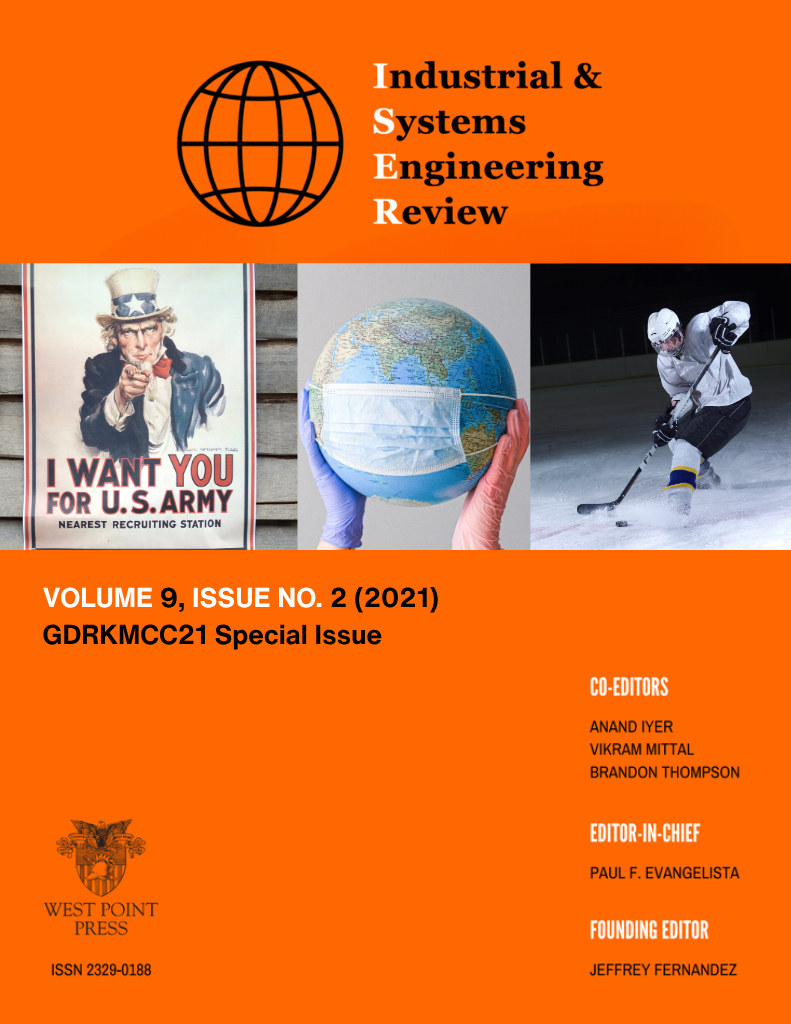Technology and Policy: System Acquisition in a Complex Operational Environment
Main Article Content
Issue section:
Research
Keywords:
System Dynamics, System Acquisition, National Defense, Foreign Relations
Abstract
The United States’ (US) ability to maintain a technological edge in the current operational environment is challenged by the increased ability of near-peer nations to produce military technology. In response to this problem, the US Army Engineer Research and Development Center (ERDC) seeks to model the three key elements of military system acquisition—context, product, and process—to develop a more comprehensive understanding regarding how and why nations acquire technical solutions. Through the application of the System Dynamics Modeling Process (SDMP), this research examines the interactions between the strategic context of Germany, the military products it acquires to address its operational needs, and the processes it employs to acquire military technology. The results of this research indicate that numerous dynamic variables of context impact the acquisitions process for Germany, particularly political support and subsequent monetary allocations to research and development.








